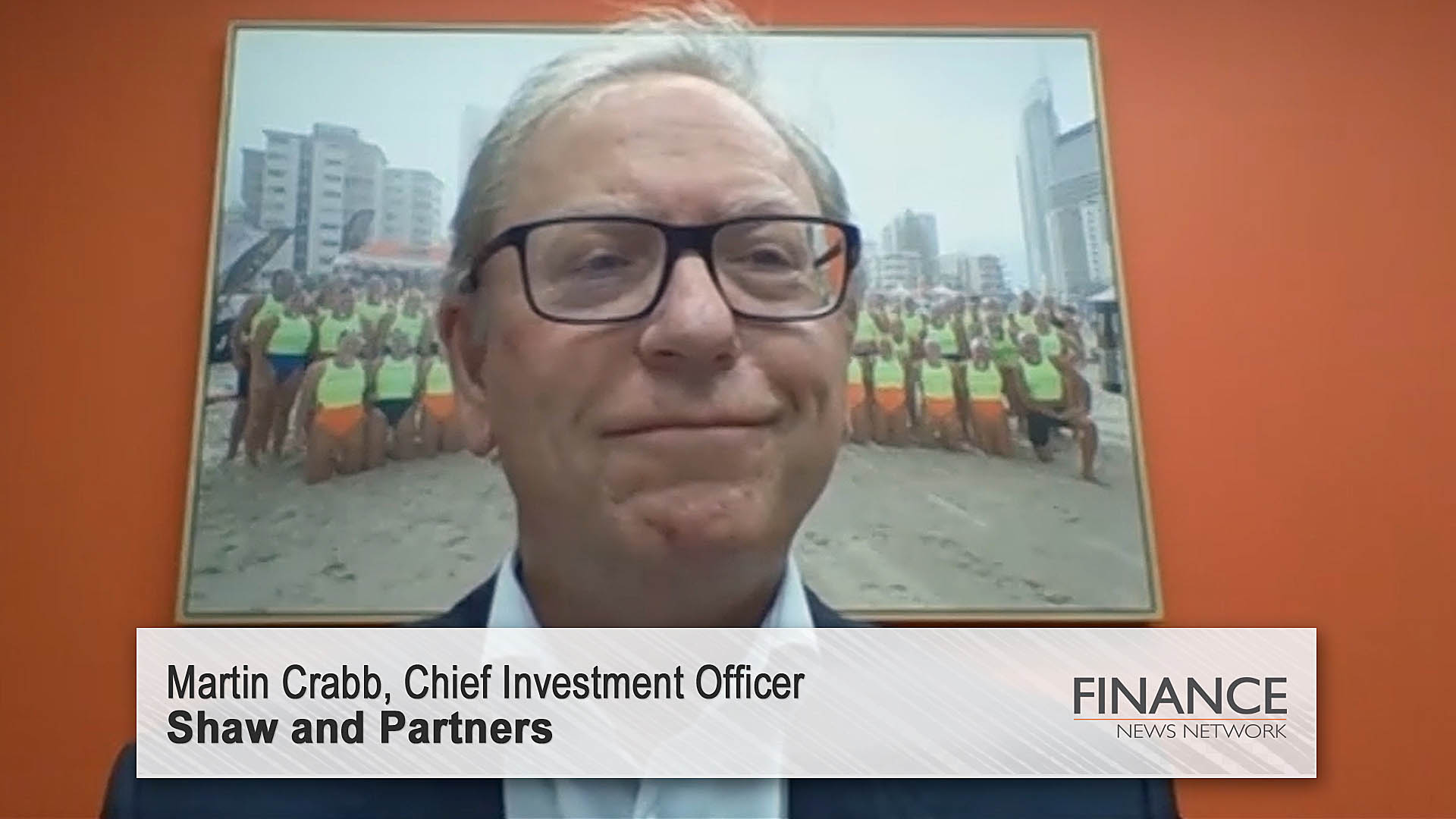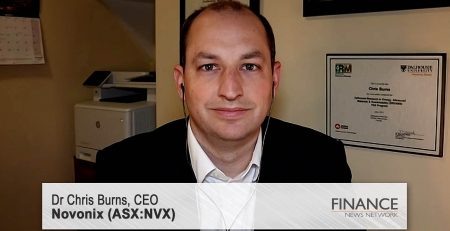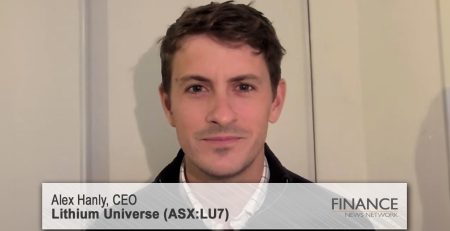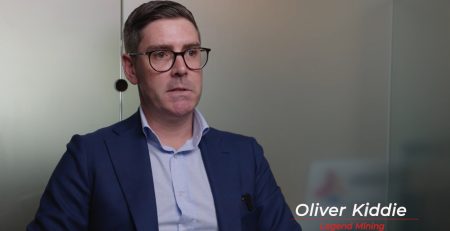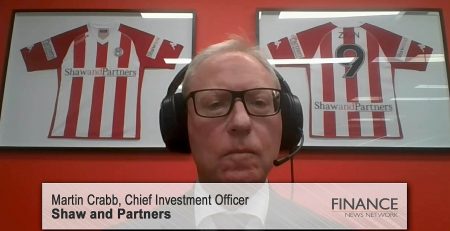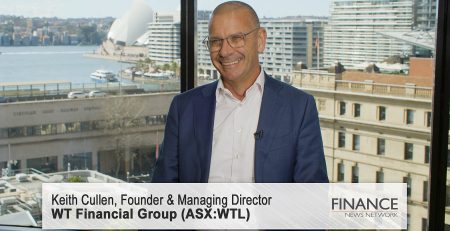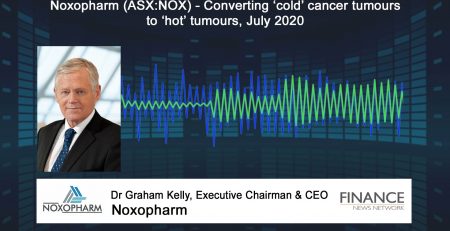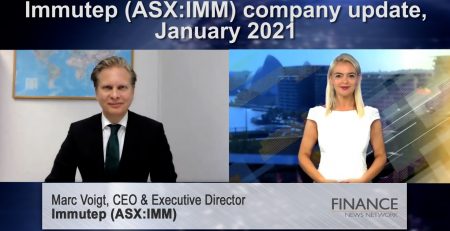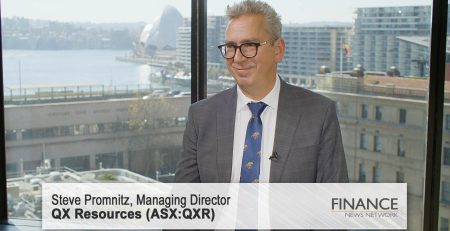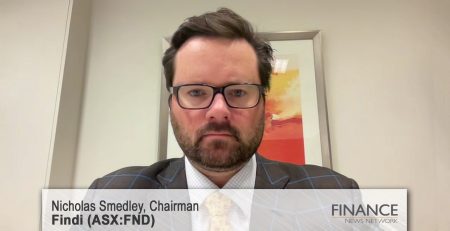Market update with Shaw and Partners, August 2021
Shaw and Partners Chief Investment Officer Martin Crabb discusses reporting season and the lack of guidance from companies, cyclical businesses and M&A activity in the Energy sector.
Thanks, Clive, and welcome everyone to the new financial year's first presentation. So, Shaw and Partners are very proud event sponsors of FNN, and we like coming on here every time and talking about the markets and introducing some exciting young growing companies. So, I'm just going to spend the next five or ten minutes giving a little bit of a background, or a backdrop if you like, to investment markets, with a focus pretty primarily on the Aussie equity market.
So, we're right slap in the middle of reporting season at the moment. As many of you will know, Aussie companies tend to report interim results in January, February, and sort of full-year results in July, August. Unlike US companies, who report every quarter, so imagine what this is like every three months over there.
But it's so far so good. There is a tendency of companies who report early in reporting season to report slightly better numbers, and companies that have bad numbers to report tend to delay them. So, you usually get this euphoria at the start of every reporting season, and then we wait for the landmines to blow up in the last week or two. So, no difference this time, results out from Aussie companies are pretty strong. Analysts are upgrading near-term earnings. They're just a little bit nervous about upgrading longer-term earnings, and there's two reasons for that. One is just the lack of guidance from management. So, we had a period last year where there was no guidance being provided because it was very difficult for companies to look into the future and provide any sort of guidance to analysts. And in doing so, you can get yourself into trouble. Like if you guide incorrect numbers to the market, you can get yourself into a little bit of trouble. So, I think boards were erring on the side of caution and not providing any guidance. So, analysts were sort of left sticking their finger in the air.
We then had… Once we started to come out of lockdown and the vaccine was announced, companies were a bit more involved and then we did see guidance. We're now sort of going back into a period where guidance is being taken away, and that's just an area of concern. So, the market thinks we're 18 months, 2 years into this virus, surely now companies have got a better handle on trading conditions, but that's proving not to be the case. So, a number of large companies are not providing guidance. So, that's made analysts okay to upgrade this year's earnings, because we've seen the numbers, but in terms of next year what you've got is it looks like earnings growth is slowing.
So, if we look at 12-month forward earnings estimates for the market and divide them by 12 months trailing, that's usually historically a good signal on profit momentum in the economy. And you can use that to trade the market. So, when it's rising, obviously expectations are growing and you can stay along growth assets. If it's falling, then you can get a bit more defensive and remove growth assets. Right now we've got a very clear signal that earnings growth is slowing, but that is primarily, we think, due to the lack of visibility around forward earnings and analysts not moving. So, we've seen this phenomenon in the US market with the quarterly numbers. Analysts are only changing the near-term quarter. They're not changing the forward numbers. So, the market is starting to look very, very expensive on earnings.
So, on forward 12 month earnings, the Aussie market's on about 16 times, 17 times, which doesn't look too expensive. The US market's on something like 25 times, but you've just got to be a little bit cautious with those numbers because, A, the US analysts aren't upgrading earnings as much as they otherwise would be because of the lack of guidance, and Australia, our PE is being manipulated lower by iron ore stocks. So, on forward earnings, iron ore stocks are on 6.5 times earnings, which is a very, very low number, but obviously those forward earnings are set on an iron ore price that's probably a little bit higher than what it's trading at today. So, there's a view that iron ore is not going to stay above $100, let alone $200 a tonne, and so as those prices come down, those profits will come down and those P/E ratios will go up.
So, from a fundamental perspective, it's difficult to value the market right now because we're not clear on earnings. So what that means is companies that are clear on earnings or that have business models that are very predictable, they will tend to get better prices, better P/E ratios. So, you get a flight to defensive stocks in this sort of environment. If you're a cyclical business or a business that's reliant on reopening, such as travel or tourism, then the market's just going to be a little bit more cautious with your stock than if you're a predictable company. So, that's why companies like Woolworths (ASX:WOW), Wesfarmers (ASX:WES), those stocks are on 30 times earnings because investors are very confident in the profitability. Whereas, as I said, Fortescue (ASX:FMG), BHP (ASX:BHP), Rio (ASX:RIO), more like five or six times' earnings. So, that's what you get in this market. Just a few things to be aware of there in terms of valuation.
Some other things to think about. One is obviously monetary policy. The central banks around the world are printing about $1 billion an hour of new money. It's about US$8.4, $8.5 trillion on an annualised basis, which is unprecedented in history. And obviously that rate of money production is going to lead to inflation if it doesn't stop some time.
The focus now is on what the central banks do to taper that quantitative easing or that money printing. So, we should get an indication this weekend. The Fed has its annual Jackson Hole retreat. It will be held virtually this year for the second year in a row, and the governors will spend a couple of days discussing monetary policy, but more importantly, how and when they're going to remove the $120 billion a month of quantitative easing that they're doing, and that will then set the scene for other quantitative easing programs around the world, including the Reserve Bank to change theirs as well. So, keep your eyes peeled over the weekend for comments from Jerome Powell. Everyone will be watching that this weekend.
And the final point I'd just like to talk about is M&A activity, so mergers and acquisitions activity. So, we've had a situation for over 18 months now where interest rates have been incredibly low, and even retail investors or retail house owners have been able to lock in sub-2 per cent interest rates on their mortgage. So, it's been a period of very, very low funding costs, but a lot of companies have just been wary to take advantage of those low borrowing costs because of the uncertain economic outlook. So, what we saw in 2020 was a lot of balance sheet repair, a lot of equity raising, a lot of debt raising, but not a lot of activity. What we're seeing this year is that companies are getting a lot more comfortable in doing deals. So, we've seen in the past couple of days massive changes to the energy sector. We've seen Ampol (ASX:ALD) bidding for Z Energy (NZE:ZEL) in New Zealand. We've seen Woodside (ASX:WPL) and BHP (ASX:BHP) get together with petroleum. We've seen Santos (ASX:STO) bidding for Oil Search (ASX:OSH). So, just in one sector, you're seeing three mega deals. And we're just seeing things like Square buying Afterpay (ASX:APT), for example. There's just a lot, a lot of deals. In fact, I think this quarter has seen a record number of transactions, and it does look like there's more to come. So, lots of activity going on.
So, in a nutshell, we still like the market. We're less positive on it than we were. We need to watch what central banks are doing. We need to watch M&A activity. So, we're sort of neutral on Aussie equities. We have been bullish from pretty much last year, but we're just seeing a little bit of slowing in global growth. Probably some prudent time to look at some profits. Anyway, I hand it back to you, Clive, and look forward to listening to today's speakers. Thank you.
Ends
Copyright 2021 – Finance News Network
Source: Finance News Network

